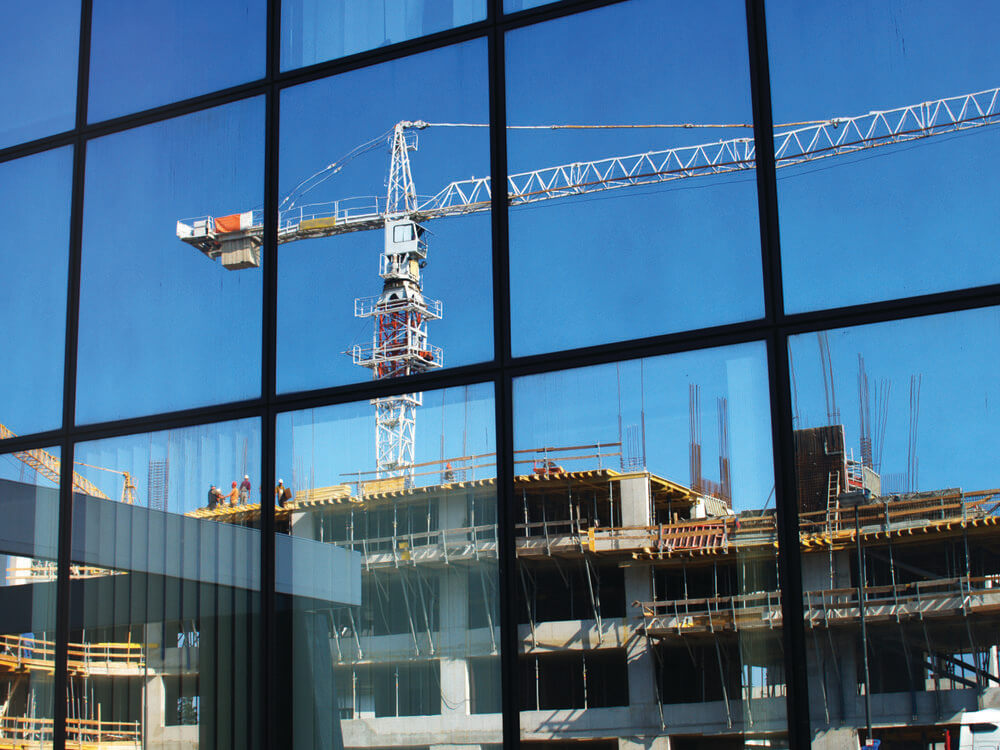As a tenant, moving into a newly constructed building is exciting but can also cause unforeseen problems if your lease is not carefully drafted. If you are considering new construction, make sure you consider these issues when negotiating your lease:
Completion Date:
Establish and agree on the building’s completion date and have a penalty in place if the landlord misses it. Ideally, both the landlord and the tenant agree on a realistic completion date for the building. Should the landlord fail to complete the building on time, penalties in the lease could include postponement of the commencement date as well as free rent credits to the tenant for each day of delay not caused by the tenant. The intention is to make sure the landlord has an incentive to stay on schedule and make the completion of this building a priority. You should also set a drop dead date at which time you have the right to terminate if the landlord has not yet delivered your space to you.
Finish Level:
In addition to specific plans and specifications for your space, establish a clear definition of finish level in the common areas and exterior of the building. For instance, you might think the common area bathrooms are going to have marble counters and tile floors. The landlord may be planning on laminate and linoleum. If this is not agreed in writing before lease execution, then you might be coming out of pocket for any upgrades it desires. More on this here.
Base Year Expenses:
If you are signing a full service lease which includes all building operating expenses in the rent, you will pay increases in those expenses over the first year of the lease (the “base year”). Consequently, it is important to make sure the base year in the lease reflects a fully-assessed, fully-occupied building. If not, your base year could be artificially low and your total rent expenses will jump after the first year. Similarly, if you are signing a triple net lease where the tenant pays all expenses over and above base rent, make sure that the landlord’s projected operating expenses upon which you are basing your decision are realistic and achievable. Otherwise, you will have an unpleasant surprise for the life of the lease.
Installation of Furniture and Cabling:
If construction scheduling is tight and you need to complete your build out or installation of tele-data cabling and furniture while the landlord is still constructing the base building or interiors, detail in the lease a date by which you can begin to make your improvements and install FF&E in your space prior to commencement. Also, if both the landlord’s contractor and your contractor are going to be working in your space at the same time, define the standards of cooperation required of both parties.
Signage:
If you have negotiated for signage of any kind – suite, directory, building or monument – insist that the lease exhibits include renderings of the proposed location and style of signage. For instance, is building signage at the top of the building or an “eyebrow” just above the first floor of the building? Does building signage include multiple tenants’ signs? Can you use your logo or your name be written in a font chosen by landlord? Renderings will avoid misunderstandings and disputes at the time of sign installation which will benefit both parties. I get into more specifics here.
We have helped many clients navigate through this process and would be happy to share further thoughts with you. Please reach out to my team.

